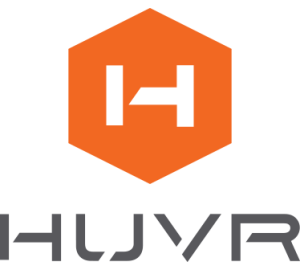A holistic view born of many inputs
Wind, although a force of nature that has existed for a long time, is relatively new on the scene when it comes to powering civilization. As an industry in its infancy, it lacks a universally accepted set of metrics for TCO, which can leave informed budgeting floating in the breeze. Creating guidelines means bringing all the data from an operation, from blade condition to gearbox lifecycle, onto a single platform that can give you a top-down view of everything.
A large renewable company—4.5 gigawatts of wind and solar power—had massive siloed data pools in various formats and with various terminology—combined with often outdated legacy techniques. By engaging HUVR they were able to effectively aggregate their information and increase their operation’s efficiency across all sites—and earn a ROI of five times the investment.
More data, more problems
The company had a problem; one that continues to plague operations large and small. That problem was data. While digitization has provided a bounty of information, the nature of the process by which companies digitize means the data tends to come in various formats and lives in too many places.
These “data lakes” are created because companies typically sub-contract out some or all of their inspections; in this case, checking for damage on the turbine blades. While the contractors provide good information, it typically is stored on that contractor’s system. Furthermore, the contractor might decide the format and use their own terminology to discuss the condition of the blades. In the case of this renewable company, multiple subcontractors had been engaged, which exponentially increased the problem.
The issue of the data lakes was exacerbated by internal teams that inspected the company’s other turbine components and assets. These teams often used archaic legacy systems, even paper checklists, which often left the insights they revealed obscured from executives. Between the old-style internal teams and subcontractors, analysts were often spending their time chasing data and not planning ahead.
A single platform for all the data
The company brought HUVR in to help. HUVR’s vendor-agnostic data aggregation platform can ingest all kinds of information, in all kinds of formats, from multiple types of systems. Instead of living in the contractor’s systems, the data was securely contained on the company’s servers. What’s more, the data was translated from many formats into one standard format and more importantly, a standard that was chosen by the operator based on their unique specifications.
While addressing the subcontractor issue, the company had HUVR oversee the modernization of their internal team’s methods. Old-school paper checklists were replaced with modern, digital forms—easy to use and far more efficient and consistent—that could feed information into the same platform as the subcontractors and generate reports automatically. This freed resources formerly spent on managing data to attend to higher-value tasks and created a single “system of record” for the operation.
Clean energy and good business too
With all streams of data flowing in the same direction and speaking a common language, the company’s analytics were greatly improved. Real-time information from the field meant analytics moved from the result of a painful search to providing year-over-year insights, as well as a view into one or all of their plants at that given moment.
In the end, 25 sites were modernized, covering 1975 assets and providing data to 200 users. 15 separate workflows were optimized and 5400 hours were now available for work to increase revenue. The investment in the future was a good one, as the company realized a return of five times the initial outlay. A single, cohesive system was in place to provide information as needed, which benefited every level of the company.
Want to learn more?
Our renewable customer is not done investing in their safety culture. They are looking to expand upon the success they have seen thus far by continuing to digitize their safety and asset inspection workflows on the HUVR platform. With HUVR providing real-time efficiencies in capturing on-site observations, producing actionable insights and analytics, and creating proficiency reports, our customer will continue to realize savings due to massive efficiency gains and continue to establish themselves as one of the safest energy operations in the world.


